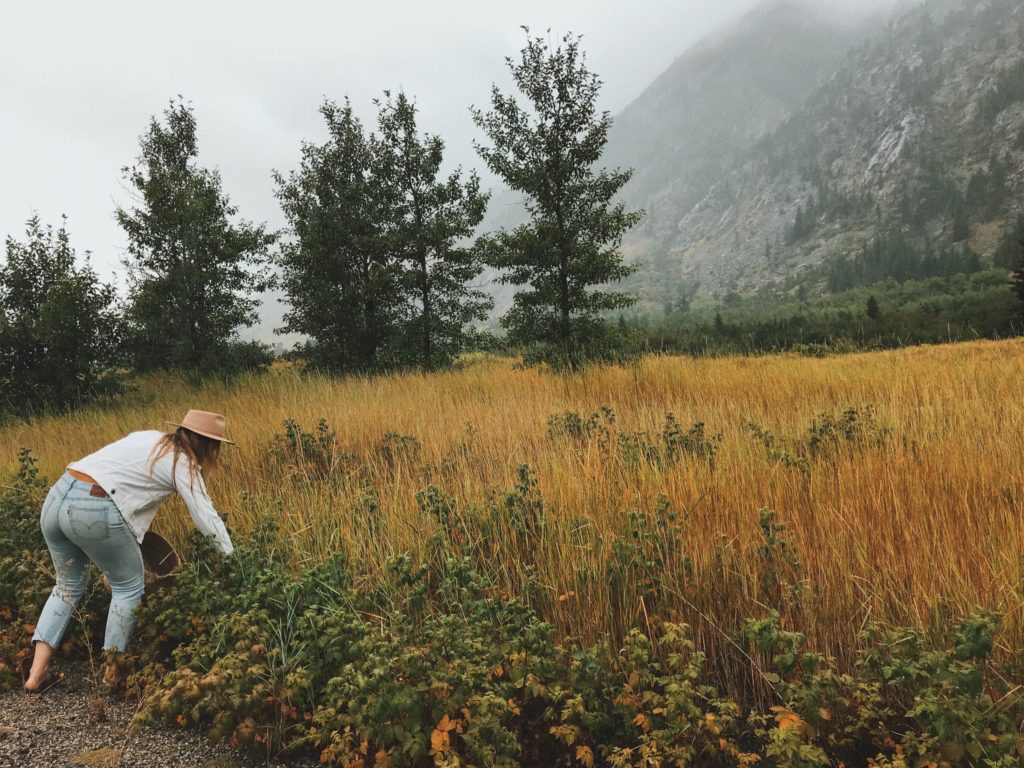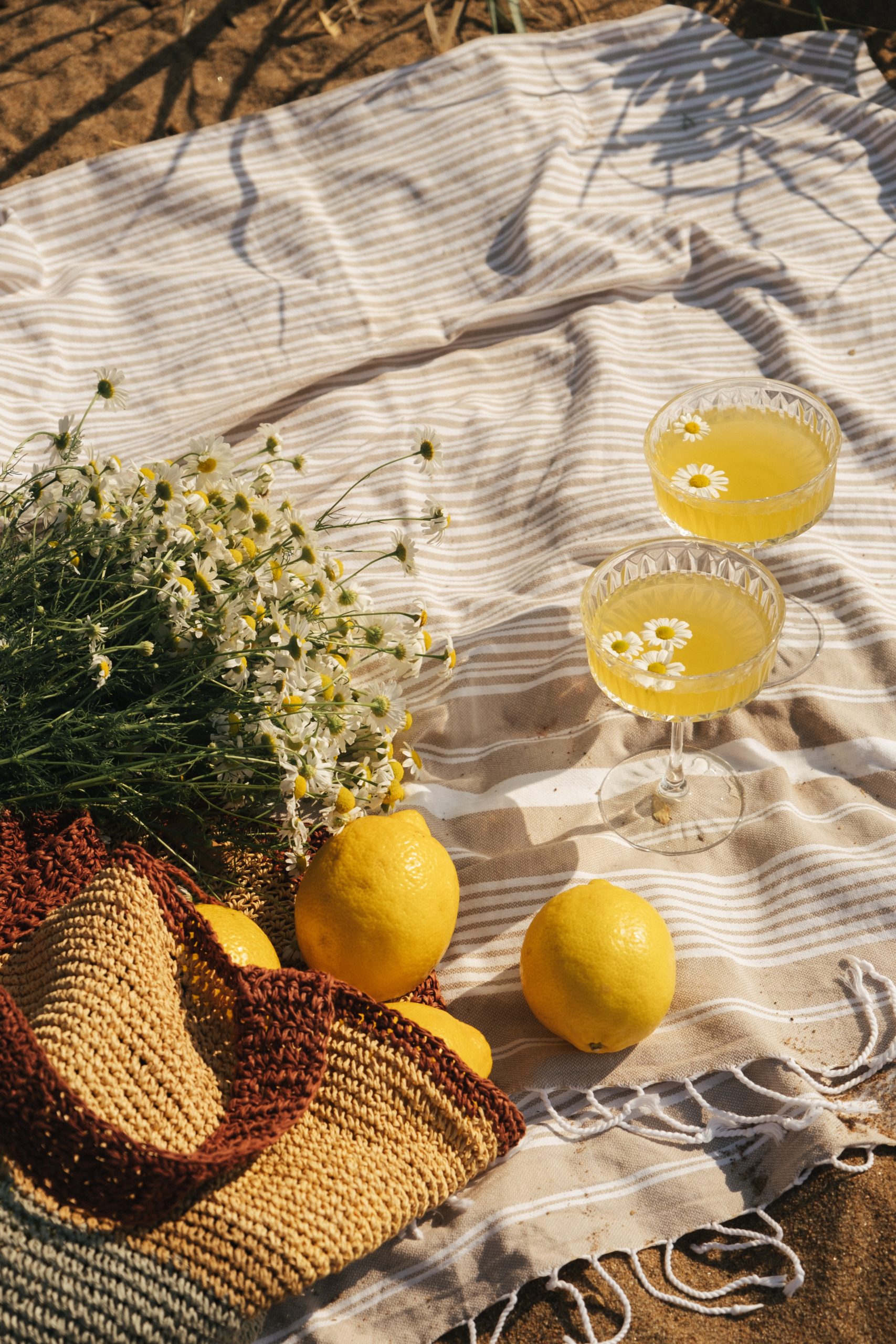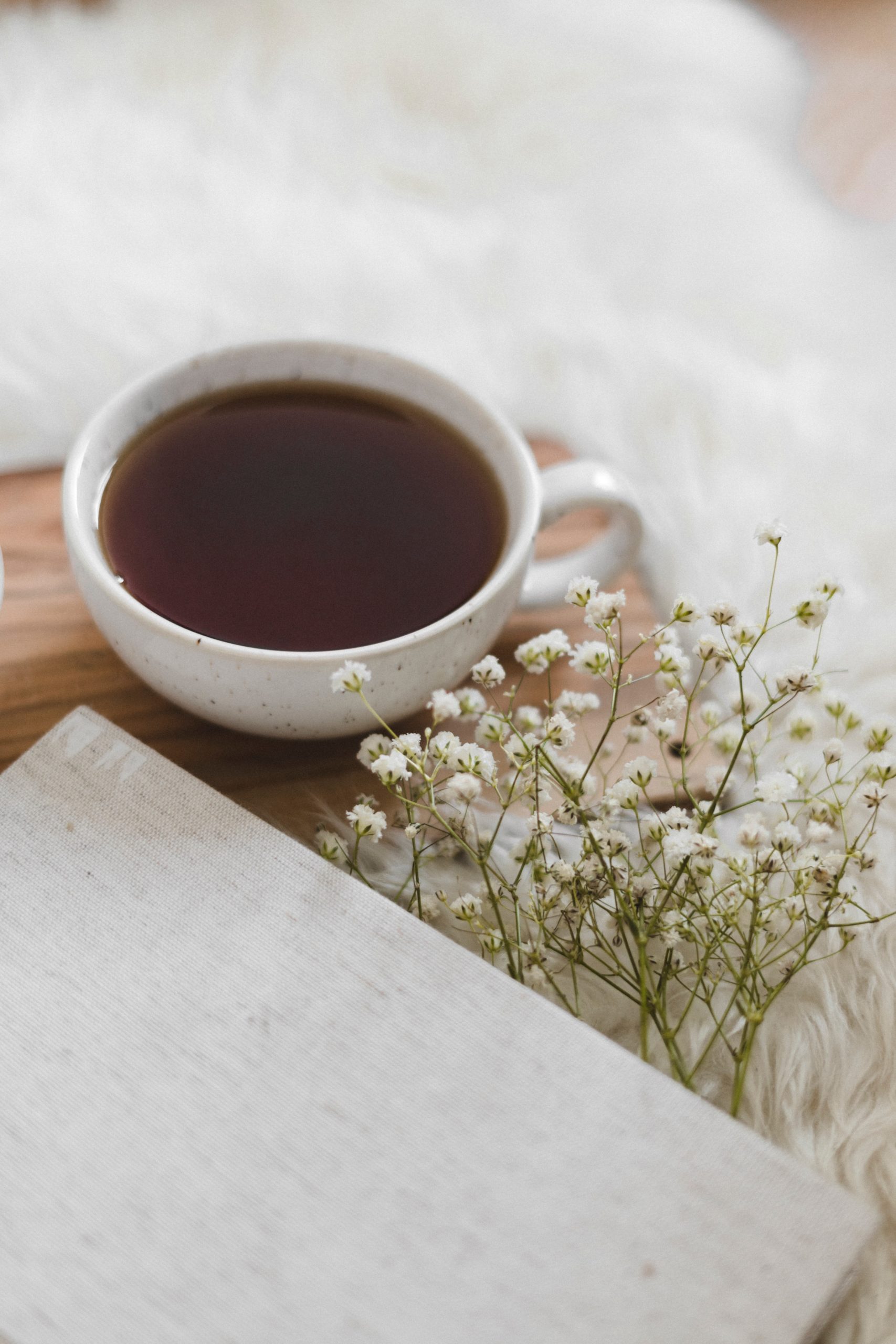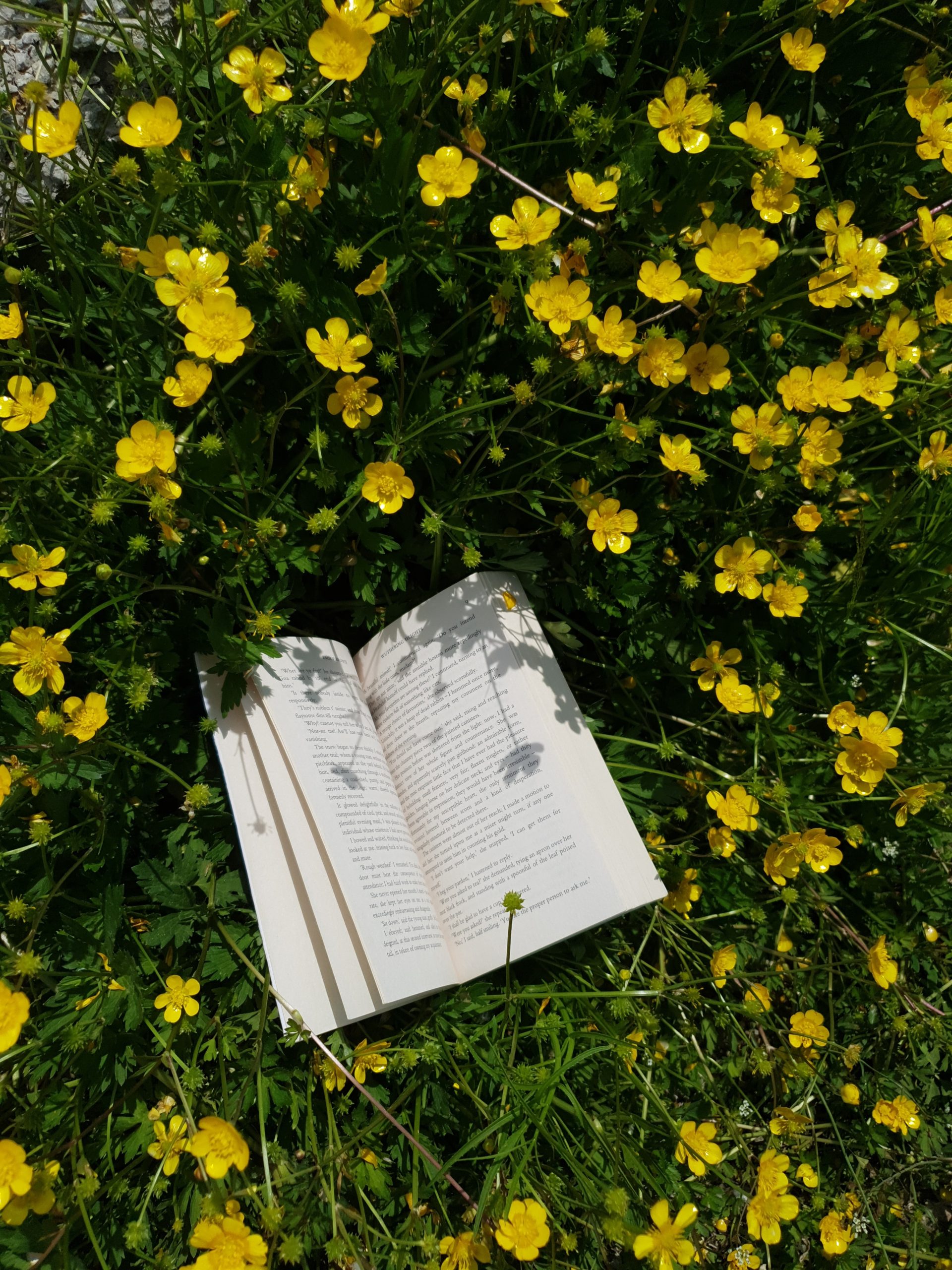The journey of becoming a wildcrafter should unfold slowly. Allow yourself to bear witness to the season you are in—the way the sun shines through the trees, the feeling of the cool earth, and the intoxicating fragrance of the outdoors. Take note of what is growing around you, both what is thriving, and what is in need of assistance. In an age where you can order any herb your heart desires with one click of a button, wildcrafting offers you the ability to interact with a living, breathing, sentient plant. As you continue to cultivate a relationship with the land around you, it will becoming increasingly evident that although you have access to any botanical through the online marketplace, the importance of reciprocity and being in right relationship with your wild plant kin is far more precious than accumulating vast quantities of plant material.
Wildcrafting puts you in touch with deep time, communication with the Earth, and familiarity with the stark truth of our limited resources. The ethics of wildcrafting is an important topic to traverse, especially as foragers and wildcrafters grow in number. Following a set of guidelines, for both the bioregion you find yourself in, as well as the state you find yourself in as a person, will hopefully ensure that you do not take anything from the Earth in a harmful or disrespectful way.

Before you head out:
- Make sure you are on land that permits wild harvesting, and obtain a permit if needed (especially if you will be using the botanicals for profit). Doing a small amount of research beforehand should provide you with these answers.
- Before collecting from the wild, consider using domestic or cultivated plants. Can you grow and harvest these plants in your own garden? Are there alternative plants that you can use instead? Really check in with yourself and ask if this harvest is necessary.
- Know what species are at risk in your bioregion. Never collect threatened, endangered or sensitive plants. Local land offices and websites can provide you with this information. Click here to view a short list of the top threatened and endangered plant species in California.
- Consider that you may not be the only human, animal, or insect interested in gathering this plant. Take only what you truly need and will enjoy–less is more when it comes to gathering wild plants. Take time to reflect on what other roles this plant might be playing in the ecosystem of which it is a part. For example, in desert regions many species act as shelter, providing much needed shade for insects, and small animals.
- Only harvest if you have the time and space to process and store the herbs you are going to harvest. If your shelves are already spilling over with the herbs, consider using what you have before acquiring more.
Once you are there:
- Be aware of the health of the environment. If the plants are stressed due to drought or other disturbance, don’t harvest them. Additional considerations are if the plants are growing close to highways, frequented roads, run off, or chemical exposures. You do not want these plants, and they are best left untouched.
- Don’t be in a hurry. Scout out to see if there is more than one population. Find the healthiest population that doesn’t appear to have been harvested. I see this a lot with folks harvesting on hiking trails–they’ll take from the first plant they see (and same as everyone else). Explore deeper and try to find a healthier and more abundant population to harvest from. If you can’t, leave the small singular plants alone.
- Before harvesting, make sure you are 110% of the plant identity. Harvesting the wrong plant is wasteful and damaging to the environment. I cannot stress this enough. I made this mistake one too many times in my early days of wildcrafting—it’s easy to do. If you are a beginner, go harvesting with someone that is more familiar with these practices, or make sure you study before harvesting. A solid field guide will do you good countless times. Additionally, take your time examining the plant for bugs, mold, and decay before harvesting. If you see any of these, leave them be and do not harvest.
- Take time to truly slow down and ask permission once you are ready to harvest. Gather your sincerity about you and ask the plants you feel drawn to if they would like to be harvested and used for food or medicine. Ask for consent before touching them. If you do not sense a definitive “yes” from the plant, move on to another and ask again. Be honest with yourself about what comes through. If you are unsure, trust that there are factors which may not be immediately obvious to you such as heavy metals in the soil, or a struggling plant population, which would make this an in opportune place from which to harvest.
- To avoid over harvesting any one population, move around collecting only a small amount of plant material from any one population. The general rule of thumb is to take less than 10% of the entire plant, and less than 10% of the population. Take only the tips, leaving bigger branches and such untouched.
When you decide to take from the Earth, make sure you give back in return. Give the plant a generous dash of your water and sprinkle a sacred Earth offering say thank you, and really appreciate what is before you. Go back and monitor the effects of your harvest. Become a steward and study the plants and how they respond.



